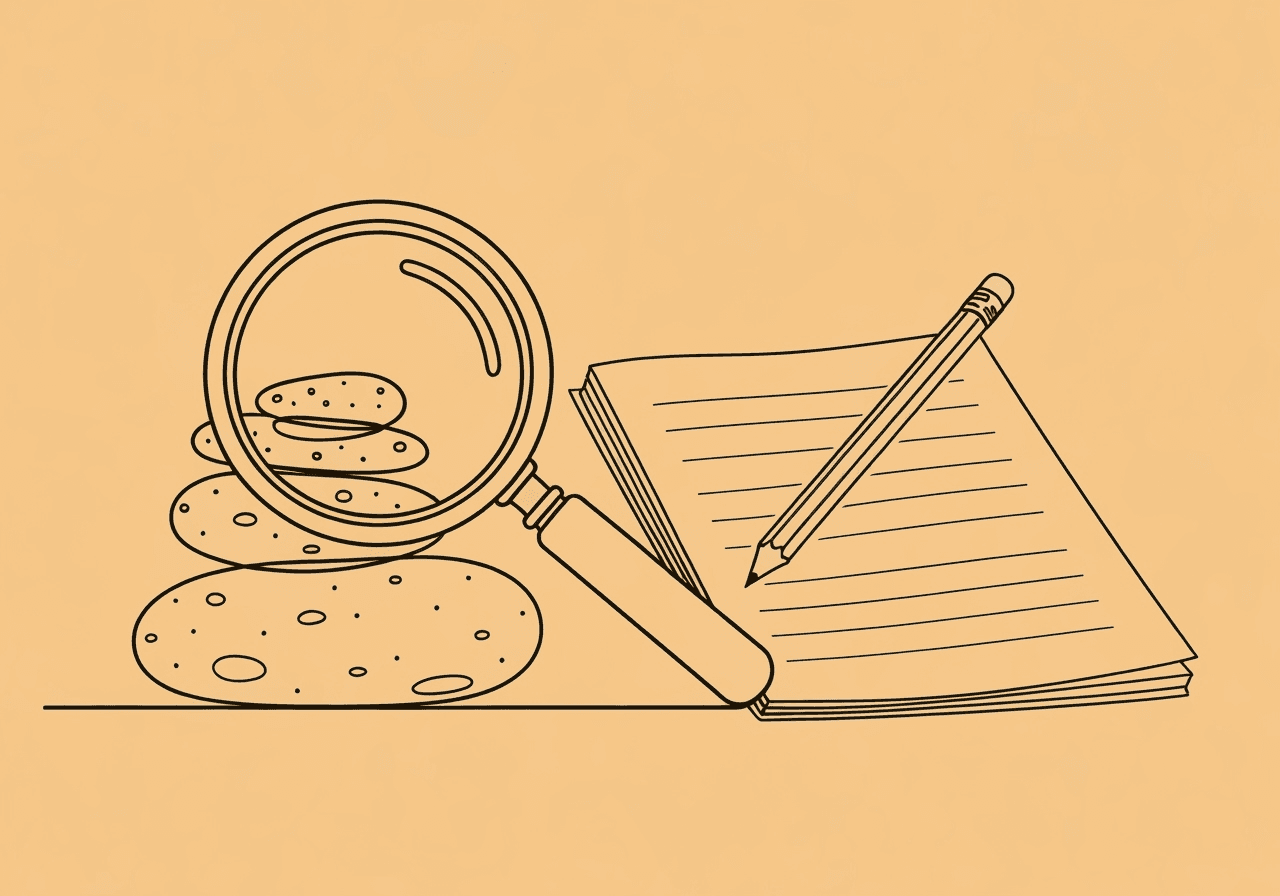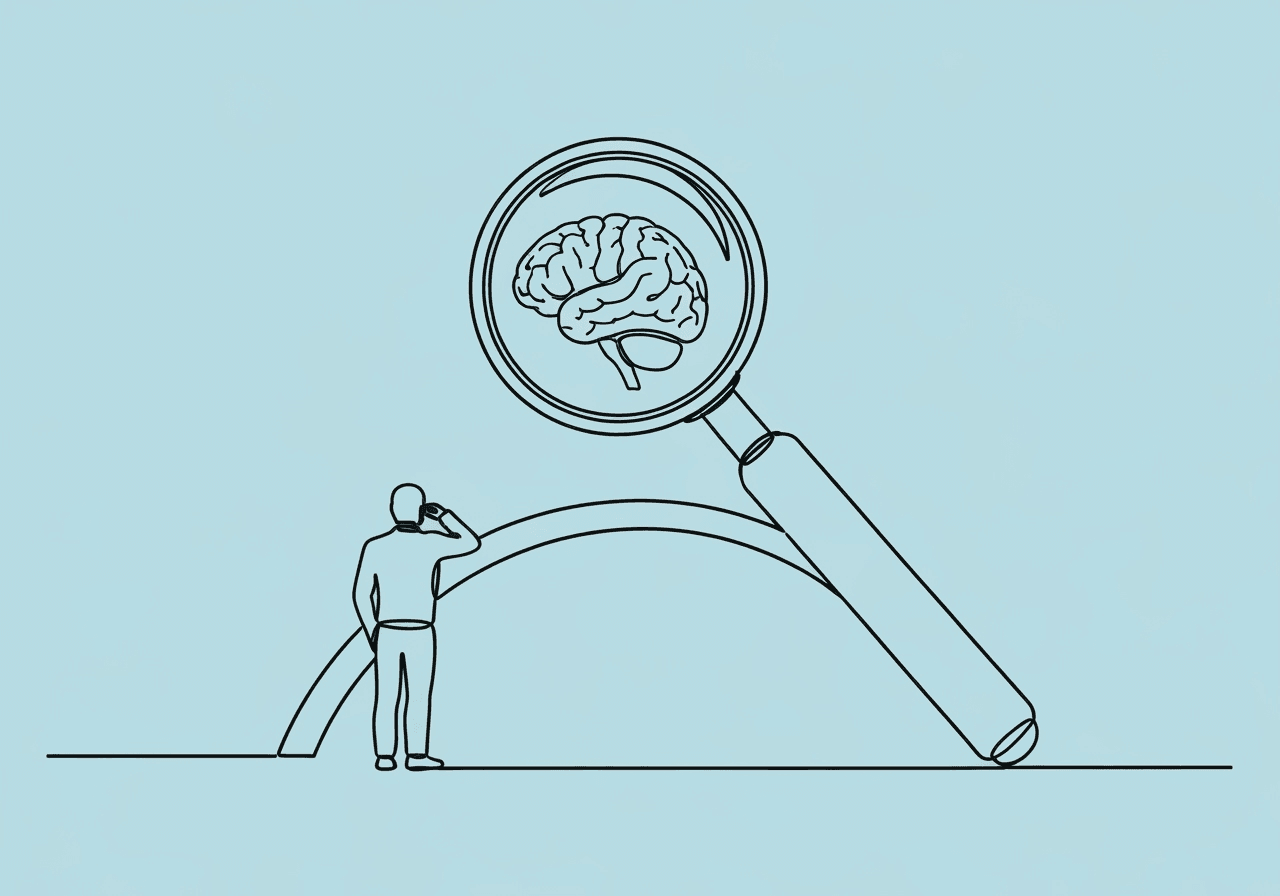ABA Statistical Errors Glossary for BCBAs

ABA Statistical Errors Glossary: Key Concepts for BCBAs
In Applied Behavior Analysis (ABA), data guides every choice in this demanding field. Yet, ABA statistical errors like Type I and Type II can skew interpretations, leading to wasted efforts or overlooked progress. For Board Certified Behavior Analysts (BCBAs), spotting these risks ensures ethical, effective practice—think of a flawed visual analysis derailing autism interventions.
This ABA statistical errors glossary covers essentials: definitions of Type I (false positive) and Type II (false negative) errors, statistical power's role, ties to visual data review, and documentation strategies. You'll see how these concepts sharpen data-driven decisions and support BACB ethics.
Key Takeaways
- Type I errors falsely signal intervention success, risking unnecessary tactics.
- Type II errors hide real effects, potentially delaying client gains.
- Boost statistical power with more data points to catch subtle changes.
- Link errors to visual analysis for reliable graphing in single-subject designs.
- Standardize notes to cut variability and align with ethical standards.
ABA Statistical Errors Glossary: Type I Errors Explained
A Type I error, or false positive, means wrongly spotting an effect that isn't there—like rejecting a true null hypothesis in hypothesis testing. The ABA Study Guide (2023) highlights how random fluctuations get mistaken for real change, often at an alpha (α) level of 0.05, or a 5% risk in behavioral work. See ABA Study Guide on research errors.
Picture baseline data on challenging behaviors dipping slightly by chance. You add a reinforcement plan, spot the trend visually, and call it a win. But it was just noise, so you stick with an unneeded strategy, tying up resources.
This can boost fake success metrics, muddling reports and clashing with the BACB Ethics Code's push for evidence-based work. As noted in the Ethics Code for Behavior Analysts, BCBAs must base practices on solid science. To avoid it, stretch out observations before switching phases—make sure trends beat random ups and downs.
ABA Statistical Errors Glossary: Type II Errors and Impacts
Type II errors, known as false negatives, slip by when a real effect goes undetected—failing to reject a false null hypothesis. Study Notes ABA (2023) points out causes like skimpy data or shaky measures, tied to beta (β), where weak power ups the odds. Check Study Notes ABA glossary entry.
Take skill-building graphs: prompt fading boosts manding a bit, but wild session swings hide it. You decide there's no impact and drop the method, missing a tool that could've sped up progress for neurodiverse kids.
In ABA's focus on social skills, this delay hits client welfare hard, going against core principles in professional standards. The BACB Ethics Code stresses beneficence and avoiding harm. Build stronger data habits to uncover those quiet shifts, keeping promising plans alive.
Why Statistical Power Matters in ABA
Statistical power—that's 1 minus beta—gives the odds of nailing a true effect if it's out there, curbing Type II slips. StatPearls from NCBI (2023) advises hitting 80% power in behavior studies by weighing sample size, effect strength, and alpha. Dive into StatPearls on power.
For BCBAs, low power hits hard in small caseloads or quick baselines, blurring effects in single-subject setups. Say you're testing a token system for compliance; if power dips below 0.80, graphs look iffy, and you quit too soon. Research on single-case designs shows this stems from limited phases or samples—see Frontiers in Education on piecewise regression.
Ramp it up with extra sessions or trusty tools. This cuts Type II risks and bolsters study strength, as single-case guidelines suggest repeating phases for better detection. Explore WWC Single-Case Design docs.
How Statistical Errors Tie into ABA Visual Analysis
Visual analysis checks levels, trends, and variability in graphs—ABA's backbone for decisions. But without caution, Type I Type II error BCBA pitfalls creep in. BehaviorPREP (2023) describes Type I as chasing short-lived blips as real wins, while Type II hides changes behind noise. Read more at BehaviorPREP glossary.
To decide right, review several points: steady levels after intervention dodge Type I fakes, and clear trends in skills beat Type II misses. Big swings? That flags measure glitches, circling back to power needs.
Weave this in to sidestep bad calls in client care. BCBA prep resources stress routine checks for ethics alignment—have you audited your latest graphs for these?
Tips to Document and Dodge Errors as a BCBA
Solid notes cut Type I Type II error BCBA chances from the start. Artemis ABA (2023) pushes digital apps for instant logging, slashing slip-ups and aiding interobserver agreement at least 20% of sessions. Details in Artemis ABA on data methods; for IOA rules, see Pass the Big ABA Exam on interobserver agreement.
- Spell out behaviors clearly in notes to steady interpretations.
- Run weekly audits: match RBT logs to your checks for quick fixes.
- Plan with power software, aiming for 80% to spot medium ABA effects.
- Plot data right after sessions, layering baselines to spot issues early.
These steps build trustworthy files, boosting fidelity and fitting HIPAA-safe systems for ongoing reviews.
Frequently Asked Questions
What's the Difference Between Type I and Type II Errors in ABA Research?
Type I errors fake out with false positives, pushing useless treatments, while Type II errors blank on real ones, dropping helpful plans. Scribbr (2023) says balance them with alpha at 0.05 for behavior work. Visit Scribbr on error types.
How Does Statistical Power Cut Type II Errors for BCBAs?
Statistical power ABA ups your shot at true effects via bigger samples or sharp measures (1 - β). NCBI (2023) sets 80% as the goal to skip weak designs missing small behavior shifts. See NCBI guidelines.
Real-World Type I Errors in ABA Visual Analysis?
You might see random drops as wins, rolling out untested fixes. ABA Study Guide (2023) flags short baselines as culprits—extend them for proof. Check ABA Study Guide.
How to Boost Data Collection Against Statistical Errors?
Lock in protocols, train on reliability, and log with tech to tame variability. Guides from 2023 spotlight interobserver checks in notes to nab errors fast.
Sample Size's Role in ABA Statistical Power?
Bigger groups lift power, trimming Type II risks for better effect spotting. Texts (2023) urge pre-study calcs for solid n in single-case ABA. Explore Taylor & Francis on power analysis.
Do Type I and Type II Errors Affect ABA Ethics?
Yes—they spark issues like dragging bad treatments or ditching good ones, breaking BACB rules. The BACB Ethics Code demands client-focused, evidence-backed visuals.
Wrapping up, this ABA statistical errors glossary arms BCBAs against Type I, Type II, and power gaps for spot-on visual reviews and notes. It stops false starts or lost chances, keeping data honest for client wins. Audit your graphs today, factor in power plans, and train on spotting Type I Type II error BCBA signs. Journals provide tracking templates—use them for strong, ethical ABA that drives real change.
Popular in Behavior Analysis Concepts
- 1
Partial Interval vs Whole Interval vs MTS: ABA Guide
9536 min read - 2
ABA Prompting Hierarchy & Prompt Fading: RBT How-To Guide with Examples
9407 min read - 3
Functional Behavior Assessment ABA: Complete 2025 Guide [Step-by-Step]
7666 min read - 4
DRA vs DRI vs DRO vs DRL: The Clear RBT Comparison Guide
7619 min read - 5
ABA Graph Analysis Terms: Level, Trend, Variability
7236 min read
Popular in Behavior Analysis Concepts
- 1
Partial Interval vs Whole Interval vs MTS: ABA Guide
9536 min read - 2
ABA Prompting Hierarchy & Prompt Fading: RBT How-To Guide with Examples
9407 min read - 3
Functional Behavior Assessment ABA: Complete 2025 Guide [Step-by-Step]
7666 min read - 4
DRA vs DRI vs DRO vs DRL: The Clear RBT Comparison Guide
7619 min read - 5
ABA Graph Analysis Terms: Level, Trend, Variability
7236 min read
Related Resources
Explore more helpful content on similar topics

ABA Graph Analysis Terms: Level, Trend, Variability
Explore key ABA graph analysis terms: level, trend, and variability. Discover how BCBAs and RBTs use these visual properties to interpret data, make clinical decisions, and optimize interventions in behavior analysis.

ABA Measurement Reliability and Validity: BCBA Guide
Explore ABA measurement reliability and validity crucial for BCBAs. Discover types of reliability in ABA, validity checklists, and definitions for accurate assessments. Elevate your practice with evidence-based insights.

Radical Behaviorism Glossary for ABA: Key Terms
Dive into the essential Radical Behaviorism glossary for ABA. Master terms like private events, mentalism, and explanatory fiction to craft objective session notes and precise FBAs. Ideal for BCBA and RBT professionals.